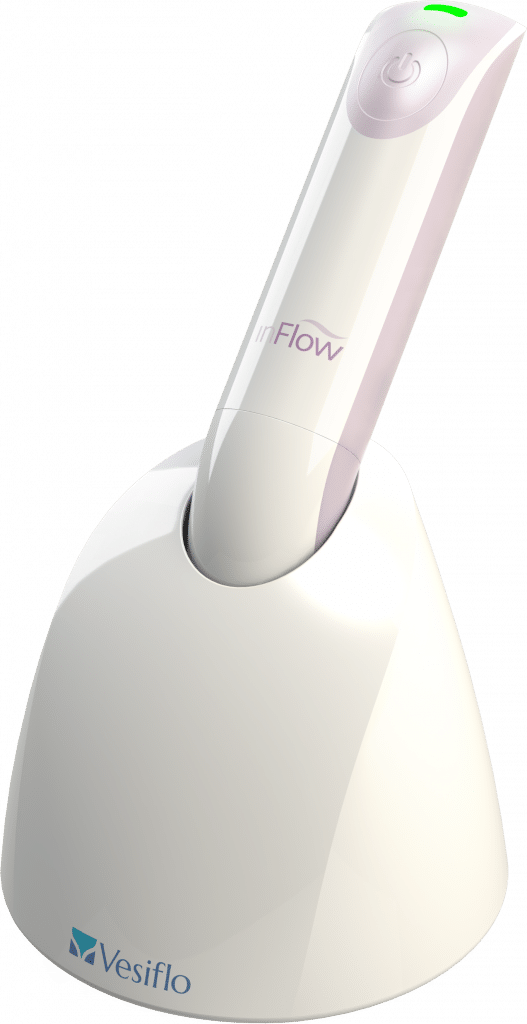The inFlow intraurethral valve-pump and Activator (collectively, the inFlow female voiding prosthesis, a/k/a the inFlow device or the inFlow) has been the subject of seven clinical studies (total N=501), three of which were long-term studies of 1-4 years. These studies appeared in major peer-reviewed journals in the United States and Europe, including the Journal of Urology by the American Urological Association, British Journal of Urology, European Urology and European Journal of Obstetrics & Gynecology. All published studies reported high levels of effectiveness in emptying the bladder and low UTI rates. There were no reports of any serious or long-term adverse events associated with device use.

These studies are well summarized in the following:
- The inFlow intraurethral valve-pump for women with detrusor underactivity: A summary of peer-reviewed literature (Hartigan SM, Dmochowski RR. 2020)
- Vesiflo’s Summary of Clinical Studies for the inFlow Device (PDF)
- Medicare Coverage per Urological Supplies LCD and Policy Article (PDF)
For a review of all evidence, including animal and laboratory testing, please refer to the FDA’s report:
A 2020 article with a post-market survey of long-term U.S. device users and clinical case studies has also been published in Urologic Nursing and provides a clinician and patient-centric view of inFlow use:
The inFlow device has also been featured in the following:
- A 2020 review article in Neurourology & Urodynamics, the official journal of the International Continence Society, Detrusor Underactivity in Women - A Current Understanding.
- The Underactive Bladder (Springer, 2016), edited by Drs. Michael Chancellor and Ananias Diokno.
Underactive Bladder (a/k/a IDC/CUR) in women was also the subject of a 2021 literature review in Urologic Nursing, Estimated Prevalence of Chronic Urinary Retention in U.S. Women.


